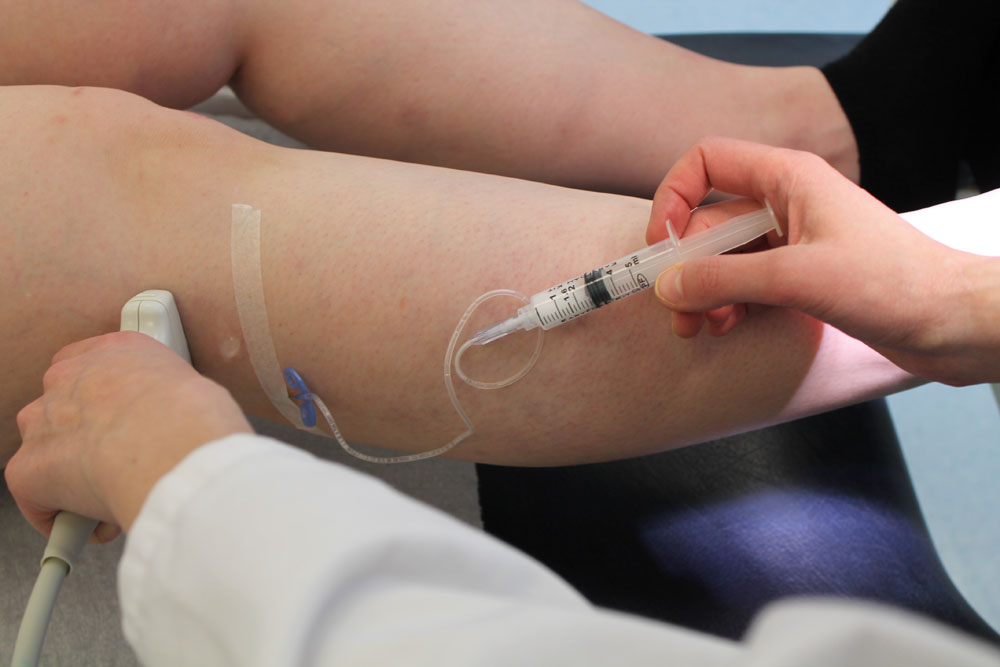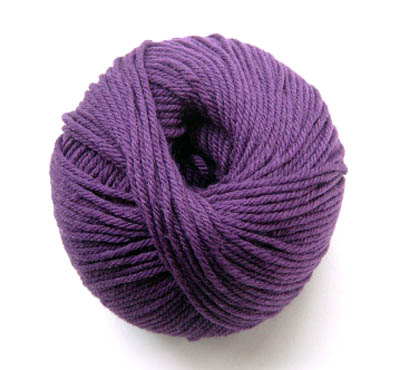Try this to get the party started!
By the time you’ve reached the 8 ½-month mark of your pregnancy, you’re very eager for the day when you finally give birth. Not only do you want to see and hold your new little bundle of joy, but you are happy to no longer be heavy, tired, and pregnant. But sometimes that baby doesn’t want to come on time. They want to stay in the warm, comfortable womb, when all you want is to get labor started. Thankfully, there’s a possibly effective, surprisingly simple method used to induce labor: membrane stripping.
Sounds ominous, doesn’t it? Don’t worry, it’s not!
Membrane stripping involves a doctor inserting his/her finger into your uterus and separating the bag of water from the side of your uterus, right near your cervix. It’s a very simple movement, one that can be done during a routine pelvic exam. It works to induce labor by stimulating the release of hormones that soften your cervix and help your uterus to contract in preparation for labor. In some cases, it may even help to uterus to open and bring on the contractions that herald the beginning of labor.
Membrane stripping is usually recommended for women who have passed 42 weeks of pregnancy, as the infant may be at risk after the 42-week mark. However, if the pregnancy is dangerous or the infant’s health is at risk, membrane stripping is used to induce natural labor. Your healthcare provider will recommend it if he/she believes it is your best course of action.

READ MORE: Peanuts During Pregnancy: Why Research Thinks it’s a Good Idea
Now, be warned: membrane stripping may not induce labor right away. In fact, it may not cause you to go into labor at all. It’s a “potentially” effective labor inducer, but it may take a few tries to actually cause the onset of labor.
The procedure can be uncomfortable, and it can lead to cramps (similar to menstrual cramps or labor cramps). The cramps may continue for up to 24 hours after the membrane stripping, and may even turn into contractions. There may be some bleeding (spotting, not serious bleeding) for up to 3 days after the procedure. The blood will usually be brown, reddish, or pink, and will often be mixed with a lot of mucus.
Are there side effects of membrane stripping? Sadly, there are a few potential risks:
- Heavy bleeding — It’s rare, but it has been known to happen. Membrane stripping causes light bleeding, but in some cases the bleeding can become serious. If you are bleeding excessively (soaking through pads or blood running down your leg), you need to get to your doctor ASAP!
- Pain –– The pain and discomfort of the membrane stripping procedure will rarely exceed that of bad menstrual cramps, though those can be pretty awful in their own right. However, if the pain becomes severe, it’s a sign something’s wrong.
- Sleep loss -- Strong cramps and pain can make it hard to sleep for the 24 hours following the procedure. If the procedure does induce labor, you may feel tired during childbirth thanks to your lack of sleep.
No real severe side effects, but it’s important you’re aware of them.
Who should try membrane stripping? If you are 42 weeks pregnant, your infant is sick, you are sick, or your doctor recommends it, it may be worth considering. It is a minimal-risk procedure, one that could help to induce labor. For those who are trying to bring on the childbirth, you may want to consult with your healthcare provider and see if they recommend this option.








